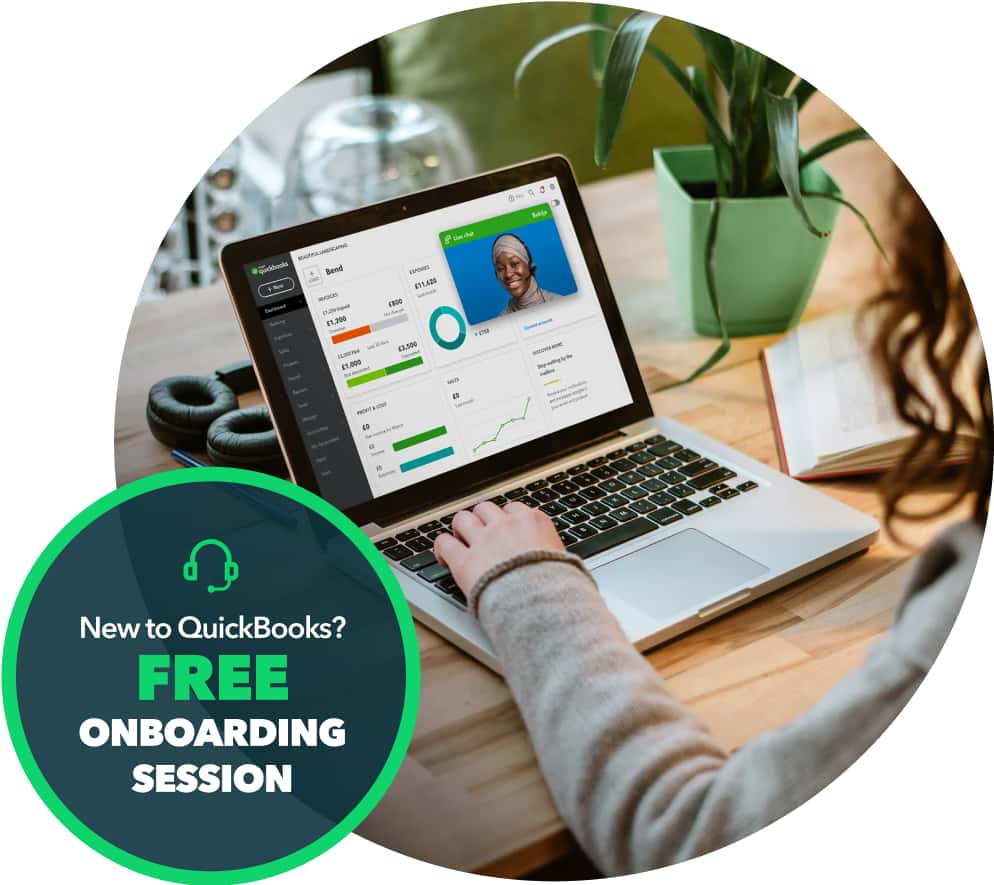Accounting Terms and Definitions
Learn core accounting terms and definitions to help your small business get to the next level. Check out our accounting glossary, and find related articles and resources.

Need help?
We're here for you.
We're here for you.
Schedule call
Learn about the accounting terms that all small business owner needs
H
K
Q
U
X
Y
Z

Trustpilot
Capterra
Get App
App Store
Swipe to see more >>
Build the right plan for your business
Cancel anytime
Unlimited support
Free guided setup
Features

Insights and reports
See how your business is doing, and how it could look in the next 90 days, with a range of popular reports and the cash flow planner.

Switch to QuickBooks
Switch from Xero, Excel, MYOB or Reckon Desktop to QuickBooks Online.
Get up and running with a free session with our experts
New to QuickBooks? Once you've signed up, book a free 45 minute onboarding session with one of our experts*.
They'll help you get set up, walk you through key features and answer your questions - your welcome email has all the details.










